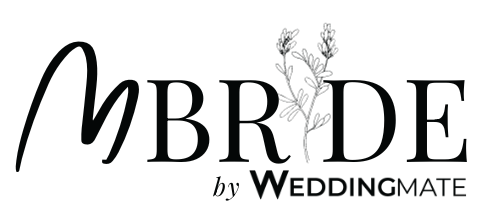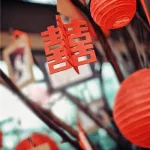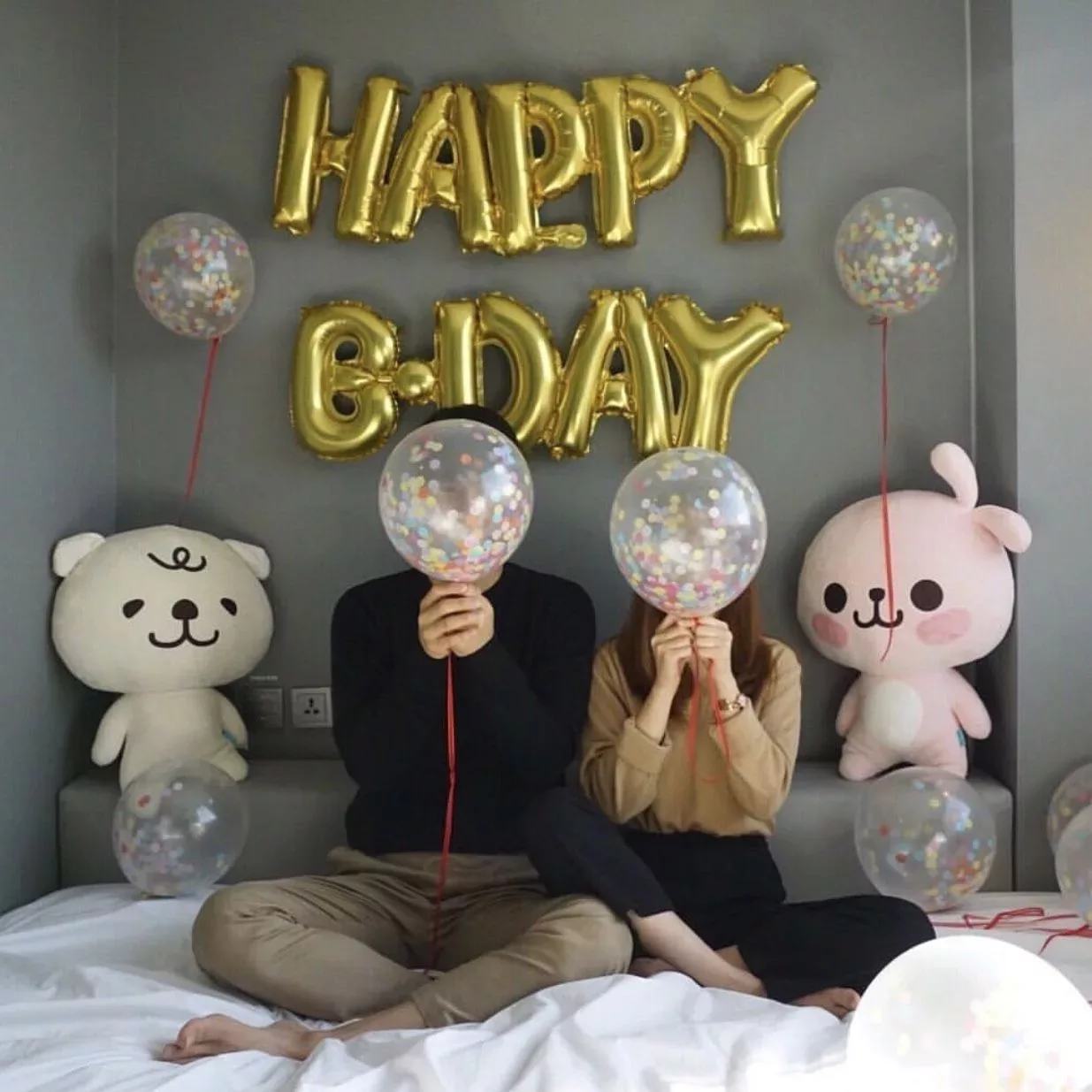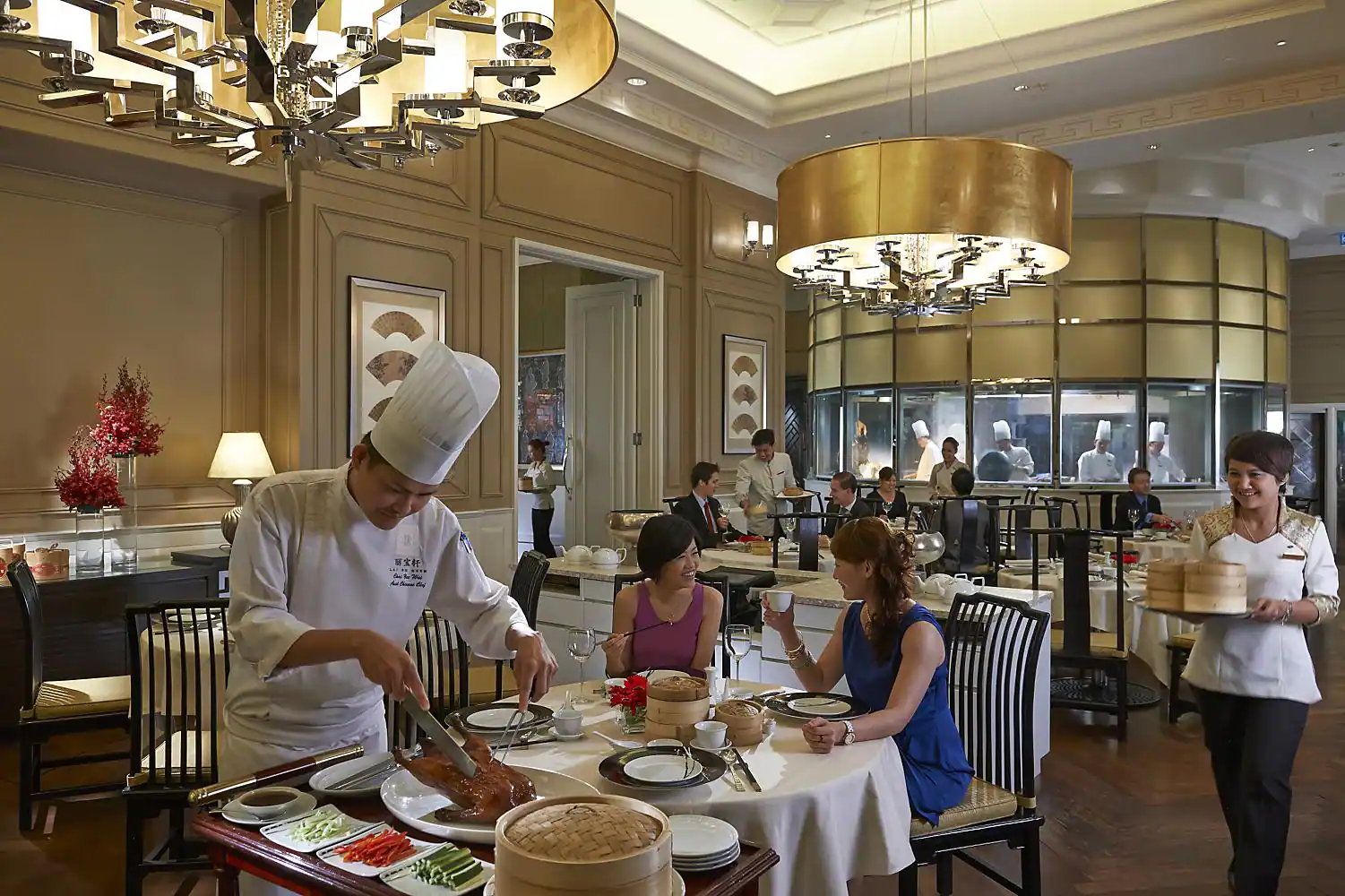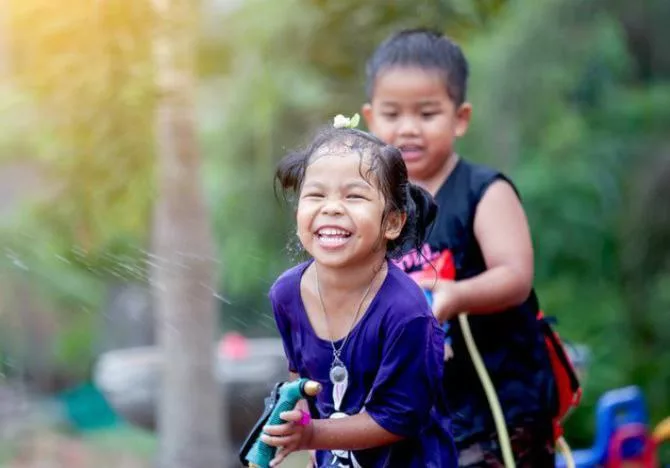Traditionally, there are a lot of processes that need to be followed for a wedding because it is a big day, and thus, every step exists in order to give a good wish to the newlyweds. Here we list out the complete procedure of Chinese wedding so that you can have a full image to plan your wedding.
Before the Wedding Day
Auspicious day (择吉日)
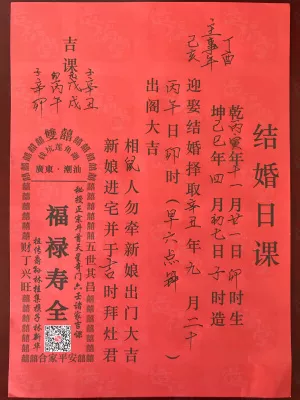
The man will obtain the birthday horoscopes (生辰八字) of both parties and their family members, then will use the birth horoscopes of both parties to find a good and auspicious day for marriage that is determined by a date-selection expert.
Propose marriage (提亲)

The couple will arrange a meeting between the parents of both parties to discuss the details of the wedding preparations and the amount of money and gifts.
Tailoring (开剪裁衣)
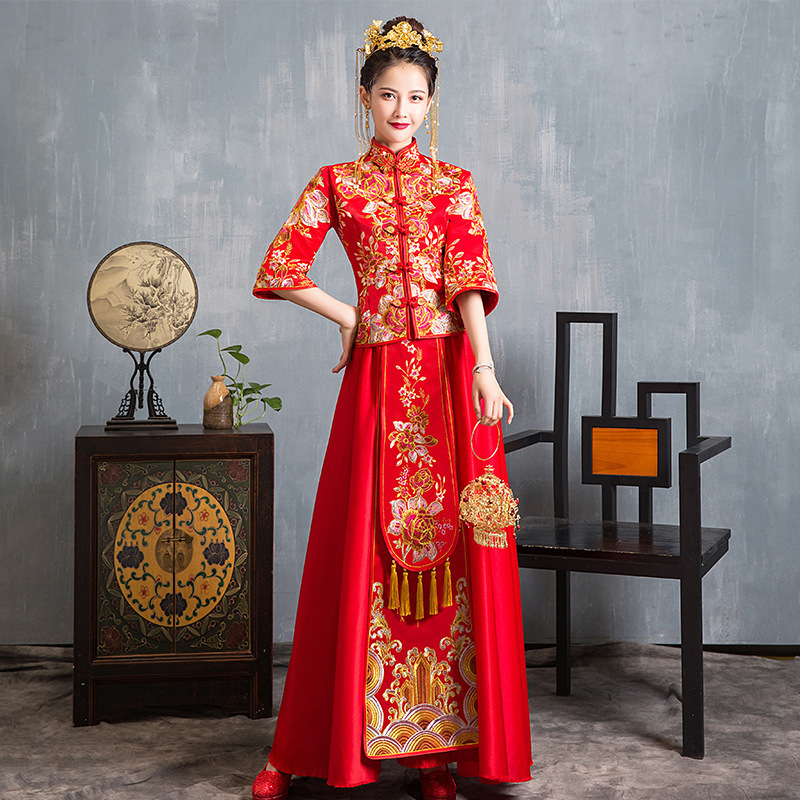
Tailoring your pre-wedding pyjamas and wearing them on the day of your hair combing ceremony. You must give the tailor a ‘gift money’ after the pyjamas are finished tailoring as a good luck to the couple.
The tailoring or purchasing time is different for both parties, men should be first then only women.
The Betrothal / Guo Da Li (过大礼)
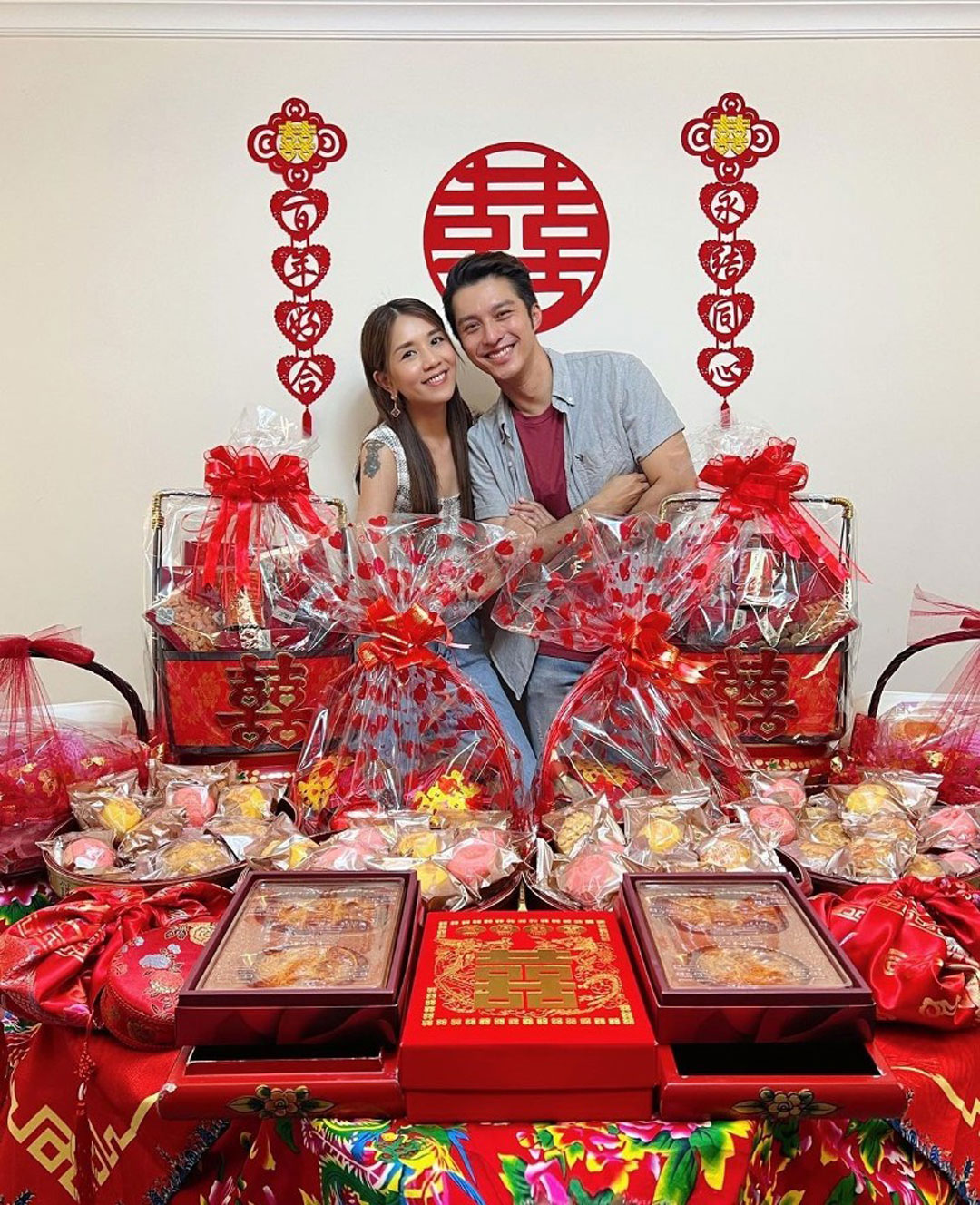
Chinese wedding tradition known as the Betrothal or Guo Da Li calls for the groom and his family to present the bride and her family with a crimson packet containing the ‘Pin Jin’ (聘金), also known as the betrothal gift money, and a list of items.
It is typically held on an auspicious date two to three weeks before the wedding day.
After that, the bride and her family will return a portion (often half) after receiving the gifts and the ‘Pin Jin’ to express their willingness to “share the joy” and to thank the groom’s family for their generosity.
List of items:
- 2 pairs of dragon & phoenix wax candles (龙凤烛)
- 12 mandarin oranges with “shuang xi” (囍) stickers
- 2 packets of mixed beans (five different varieties) including: red, green, soy, black and white beans
- 2 packets of rock sugar
- 2 packets of the 4 treasures (四京果), jujube, lily buds, dried longans and lotus seeds
- 2 pieces of charcoal
- 2 packets of candied winter melon slices
- 2 pairs of Hong Cai to be (红彩) hung over the door frames at the homes of the bride and the groom respectively.
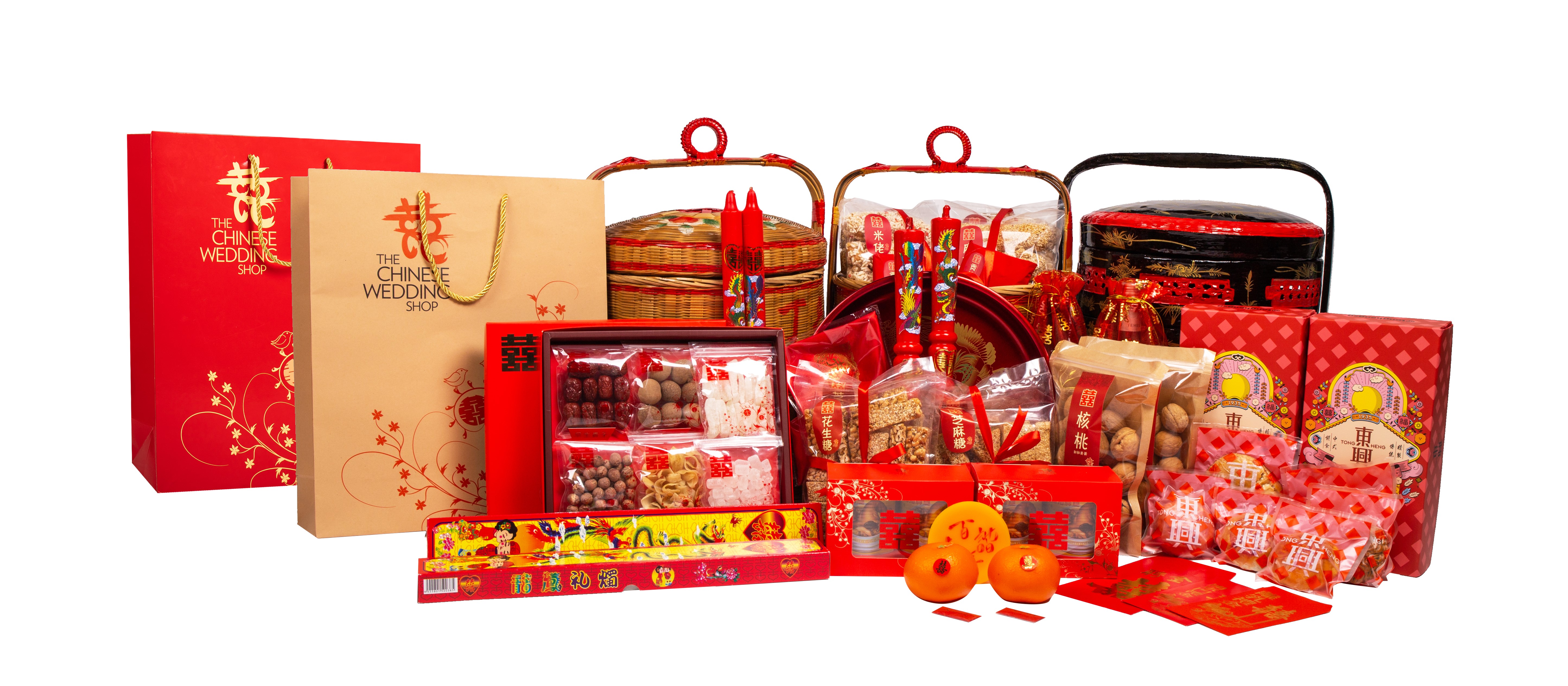
Take note that the things vary amongst the various dialect groups and may also vary within a particular dialect group. So, it is advisable to consult and finalise the details of the rituals and objects with your families.
The Reciprocity (回礼)

The bride’s family return some gifts to the groom and his family as part of the reciprocity (回礼). Some of these items can be utilised on a regular basis, while others will be used during the actual tea ceremony.
Bed Setting (安床)

A ‘Good Luck Man’ (好命人), typically a senior member of the family, such as parents or grandparents, will sets the bed either the night before or the morning of the actual day. With this, the couple and their child will be blessed.
Steps of Bed Setting:
Step 1: Bed setter will prepare the wedding sheets, linens and pillow cases
Step 2: The person who makes the bed should put Chinese unification coins under the pillows and in the four corners of the bed and at the same time, saying blessings.
Step 3: Bed setter will put the wedding tray with the following items on the bed:
- A packet (each) of red dates, peanuts, longans, lotus seeds, sweets
- 2 packets of mixed beans (five different varieties) including: red, green, soy, black and white beans
- 2 mandarin oranges
- Descendants ruler
- Miniature money bucket pail
- Bed Setting red packet
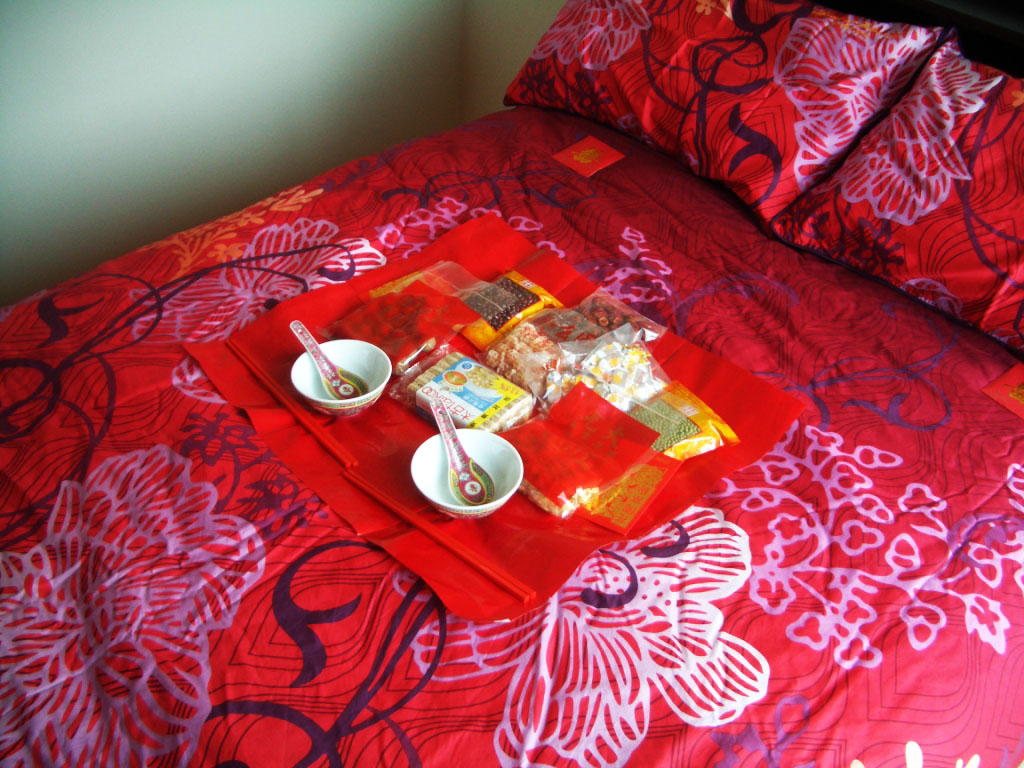
After bed setting, the bed should be left untouched until the bride is ‘accepted’ by the family (过门). After the bride is accepted, a young child should be tasked to roll and jump on the bed to grant fertility to the newlyweds.
Sending Dowry (嫁妆)

The bride’s mother will prepare the dowry such as bed linen and other bedding.
List of Items:
- Wedding tea set (to be used during the Tea Ceremony)
- 2 wedding bowls, 2 sets of spoons and chopsticks of dragon and phoenix design (to be used during the Tea Ceremony)
- Wedding bedroom set (to be used during Bed Setting)
- Prosperity lamps, which are to be kept lit throughout the night of the actual day (means that prosperity will last forever (添丁发财)
- Sewing kit (represents the bride’s virtues and her preparation to become a wife or mother, 贤妻良母)
- Towel, slippers / wooden clogs (implies endless happiness and growth 白头偕老,步步高升)
- 2 bottles of orange juice (signifies luck, 大吉大利)
- Descendants ruler (indicates a large number of descendants)
- Red packet to groom
- Huat Kuey (发糕) (symbolizes prosperity)
Banquet before wedding
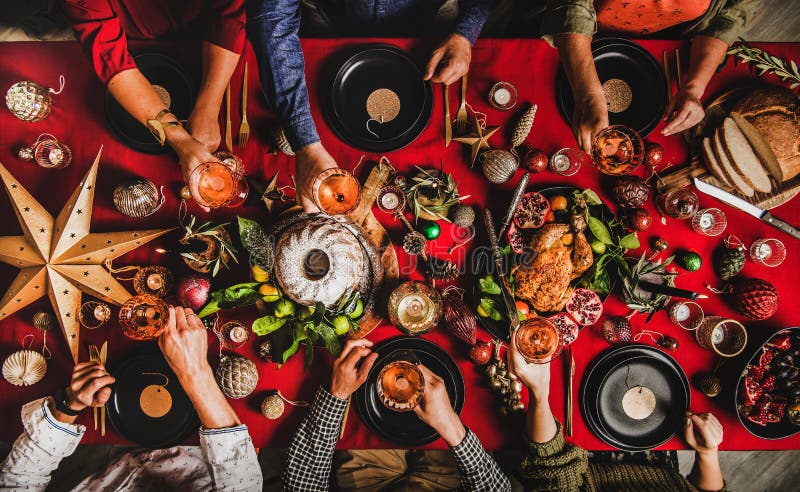
Normally, there will be a banquet at the night before the wedding in both the groom and bride’s house. Different areas and native will have different meanings for this banquet before the wedding.
In some areas,it is called as ‘Pre-feast’ (前宴) for the groom side, whereas for the bride side, it is called as ‘Wedding Wine’ (送嫁酒).
Moreover, the banquet is also called bachelor party as well in which the newlyweds commemorate the last day of being single.
The Hair Combing Ceremony (上头仪式)
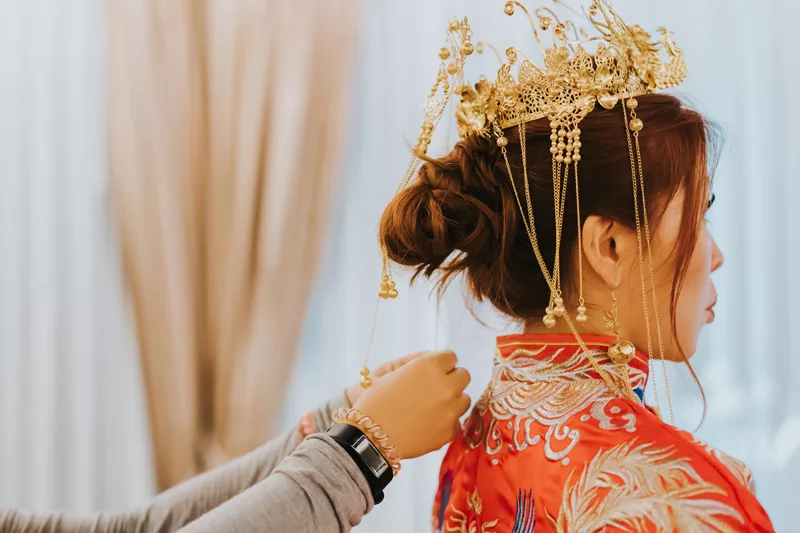
The bride and groom’s respective homes will host this practice before the wedding. The hair combing ceremony should be done in a room with a window that could view the moon.
This is because it is possible for the god of marriage (月老) to see the ritual and bless the couple.
On the Wedding Day
The Escort (迎亲)
Before the groom goes for his wife, the family of the bride and the groom should both light the dragon and phoenix candles simultaneously.
In addition, the groom lights incense and worships the gods, asking for blessings for everything to be safe and smooth before departing.
The groom’s mother will put on the coat for the groom and the groom should hold a bouquet of flowers for the bride.
After three bows to the parents, the groom could set off with his brothers.
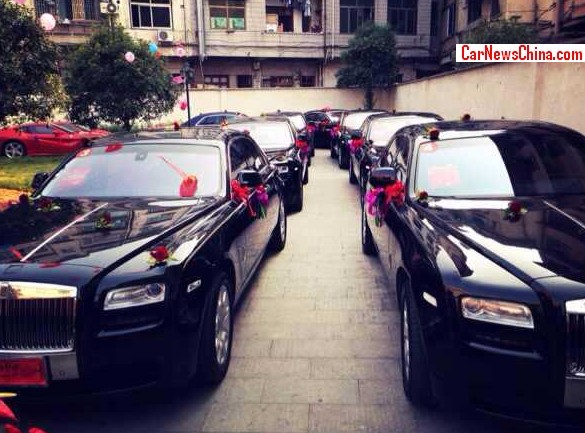
There should be an even number of limousines for the man to go to the woman’s house, but must avoid 4 cars.
Furthermore, the number of people who go to the bride’s house, including the groom, should also be in even numbers.
Once approaching the bride’ house, the bridal car will hon to inform the bride that the groom is about to arrive while the bride’s house will light firecrackers to welcome the groom.
Besides that, the groom should prepare at least three red packets to:
- the young and unmarried boy who will open the door of the wedding car upon the groom reaching the bride’s home
- the bridesmaids to allow easy access for the gatecrash
- the bride’s mother to show his gratitude for raising up the bride well
The groom will use a traditional weighing rod (秤杆) to lift the bride’s veil (盖头) after he pass the gatecrashing which represents the realisation of all wishes (称心如意). After that, both will exchange the ring, then, the couple will have the tea ceremony.
Tea Ceremony

During the tea ceremony, the father will sit on the left while the mother is on the right, and the bride serves tea to the parents first. The groom will then serve tea to his father-in-law and mother-in-law. The two elders will give the new couple a red packet or a piece of jewellery.
Afterwards, tea is serve to close relatives such as grandparents and relatives. Similarly, a red packet or jewellery will be give to the new couple.
On the other hand, the younger siblings and cousins of the bride will take turns serving tea to the newlyweds, each getting a red packet from the newlyweds.
Once it is done, the newly weds and their entourage will then go to the groom’s house.
It is customary for the bride to be cover by a red umbrella wherever there are any open spaces during the way to the bridal car.
This is to protect the bride from any potential unpleasantness in her life.
At the same time, the groom, a male elder, or the bride’s father typically will provide protection for the bride.
Throwing fan
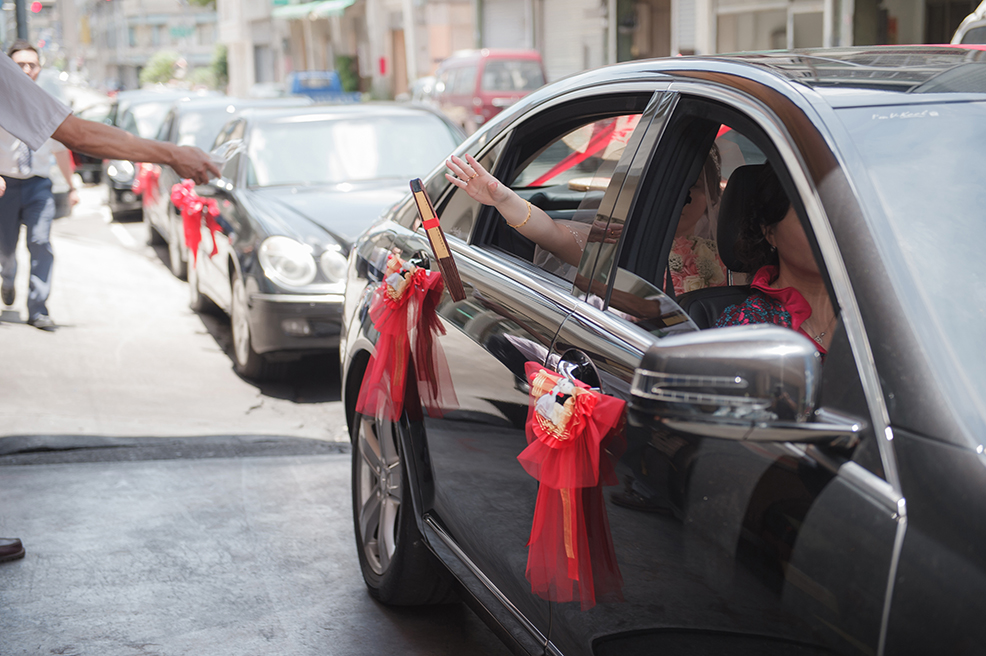
One of the important procedure of Chinese wedding is throw a fan. The bride will bring two traditional Chinese fans as well (one elaborate and one plain).
The bride’s positive and bad traits are represent by the ornate and simple fans, respectively. After getting into the bridal car, the bride will keep the ornate fan with her while throwing the simple one behind.
This tradition represents the bride’s wish to pass on her best traits to her new family as well as the bride’s family’s unflinching acceptance of their daughter’s flaws.
Cross the stove
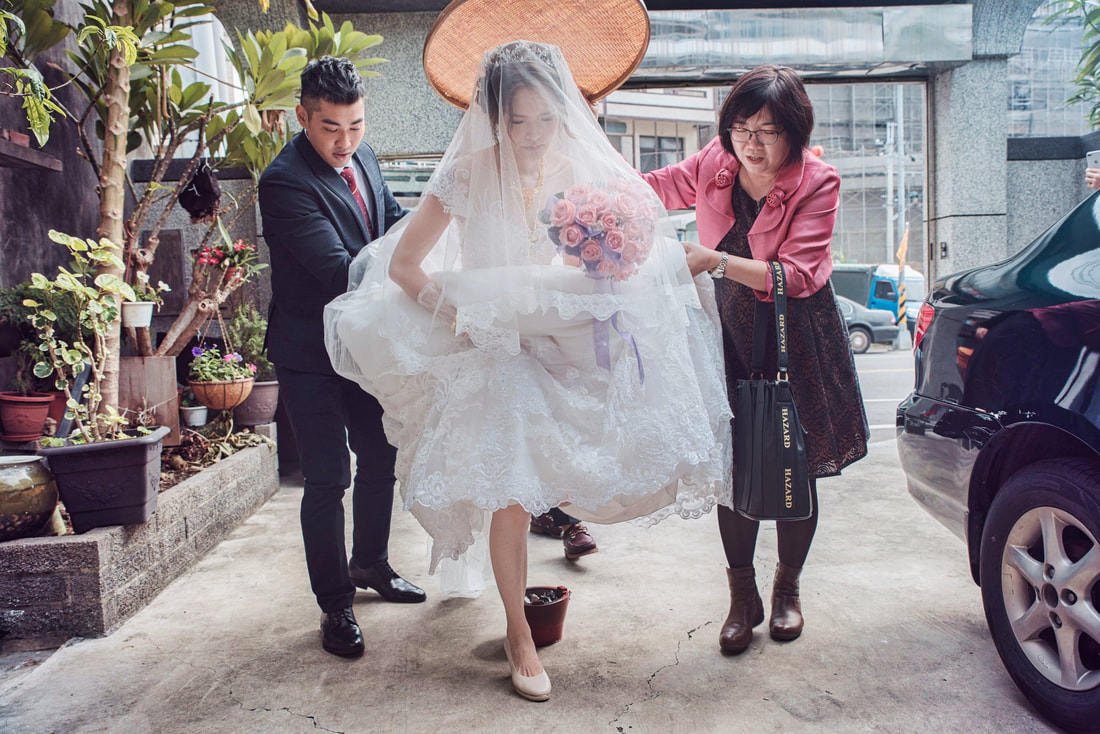
After arriving at the groom’s house, a young and unmarried boy will help to open the door of the car. While the bride will give the red packet back. When the bride gets out of the car, the Bride Chaperone (大妗姐/媒婆) should help the bride enter the door with a red umbrella in her hand.
When the bride is going to enter the door, she must first step over the stove (跨火炉) that the groom’s home had prepared.
The bride is boasting over the stove with her right foot first, and is stepping on the tiles, implying to seek prosperity and to open branches and scatter leaves which means that the newlyweds will have children.
In addition, exceeding the brazier symbolises the good luck that exaggerating the stove will make the husband’s family more and more prosperous.
Wedding Bow Ceremony (拜堂)
Once the newlyweds enter, they should worship ancestors and gods first then start the tea ceremony.
The tea ceremony’s order will be the same as at the bride’s house which starts from the groom’s parents to grandparents to relatives, then to younger siblings.
To ensure eternal wealth and success, the pair should keep their shoes the entire time when they arrive at the groom’s house.
Entering Marriage Room (进新房)

In their room, the couple will alternately serve each other Tang yuan (汤圆). Longan and red date tea, which stands for a complete and happy marriage (圆圆满满).
Additionally, a little boy will then roll and jump on their bed. In order to grant the couple a life filled with many children
Cross-cupped wine (交杯酒)

The newlyweds can drink the cross-cupped wine which brings the meaning of they will love each other forever, never separate.
The cross-cup wine can also do during the wedding dinner.
Wedding Dinner

Both the groom and bride will invite their family, relatives, friends and colleagues. To have a meal and witness their happiness on their big day at the wedding dinner.
To express the gratitude for attending, the newlyweds will toast on every table.
